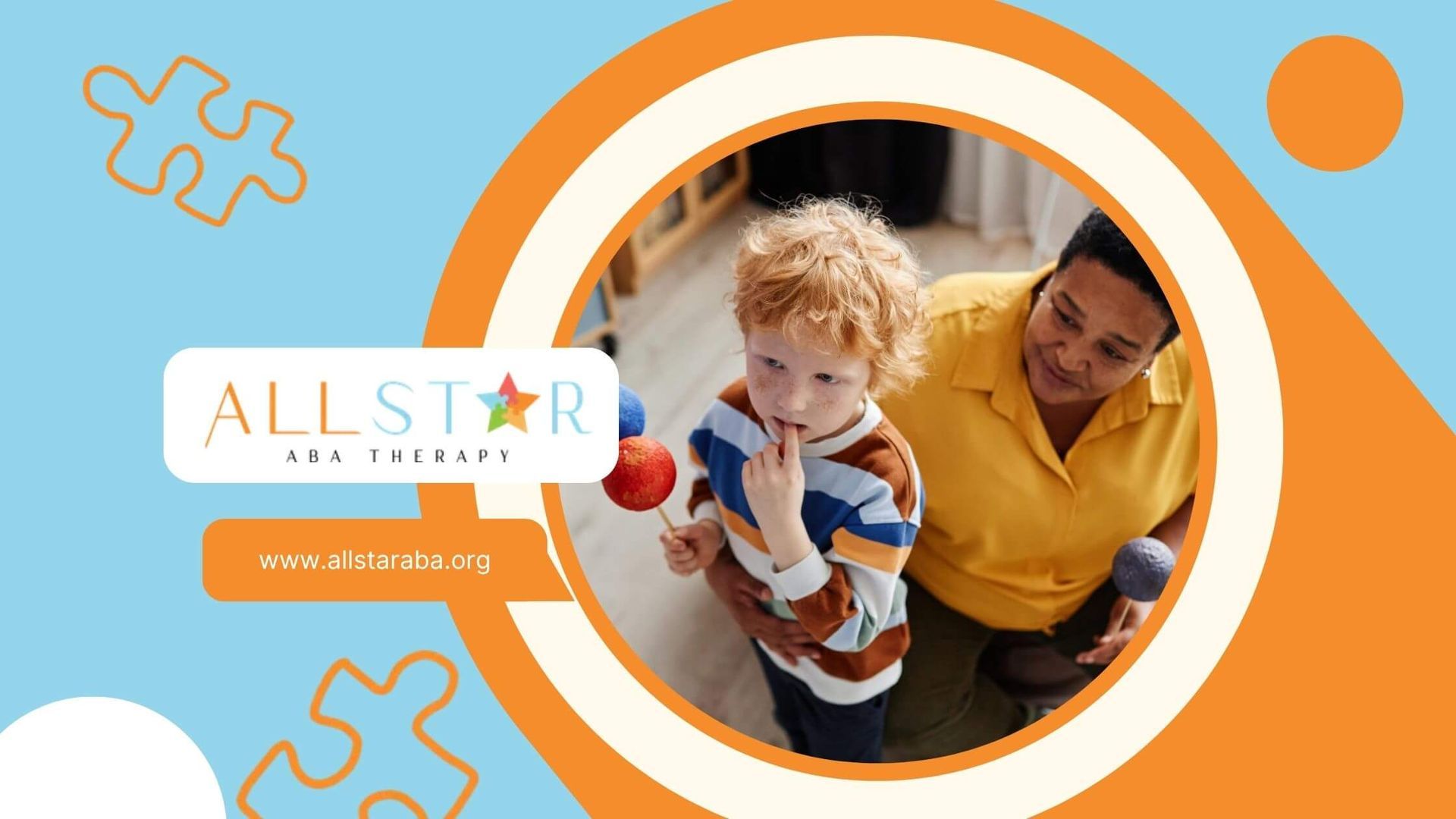New Paragraph
Understanding the 6 Stages of an Autism Meltdown (and How to Help Calm the Storm)
Autism meltdowns can feel overwhelming — both for the person experiencing them and for those around them.
Understanding the 6 stages of an autism meltdown can make a big difference in offering the right support at the right time. Here’s the quick breakdown:
1. Trigger Stage
Something — big or small — sparks stress. It could be a loud noise, sudden change, or sensory overload.
2. Build-Up Stage
Early signs appear. These might include fidgeting, pacing, or becoming quieter than usual.
3. Escalation Stage
Stress increases. Communication may become difficult, tone of voice changes, and physical agitation grows.
4. Crisis Stage (Meltdown)
The peak. This is when emotions overflow — shouting, crying, or other intense responses may occur.
5. Recovery Stage
The intensity fades. The person may feel drained, withdrawn, or quiet.
6. Post-Meltdown Stage
Fatigue, shame, or confusion can set in. This is when reassurance and calm environments matter most.
Tip: Meltdowns aren’t “bad behavior.” They’re a sign of overwhelm, not a choice. Recognizing the stages helps create supportive spaces for autistic individuals.
At All Star ABA, we specialize in compassionate, evidence-based autism support for individuals with autism in Maryland and Virginia.
We offer in-home ABA therapy, bringing personalized support right to your doorstep. We also provide center-based ABA therapy, creating a structured and engaging environment for growth.
To help children succeed in their academic settings, All Star also delivers school-based ABA therapy as well as ABA parent training to empower families with tools and strategies that work.
FAQs
1. Are meltdowns the same as tantrums?
No. Tantrums are usually goal-driven, while meltdowns are an uncontrollable response to overwhelm.
2. How long does a meltdown last?
It varies — from a few minutes to over an hour — depending on the person and the trigger.
3. Can meltdowns be prevented?
Not always, but recognizing early signs and reducing triggers can help minimize frequency and intensity.
Need Support?
We're Here to Help!
Our experienced team is ready to assist you. Reach out today to discuss how we can support your child's development and well-being.
Get started with expert ABA therapy today.








